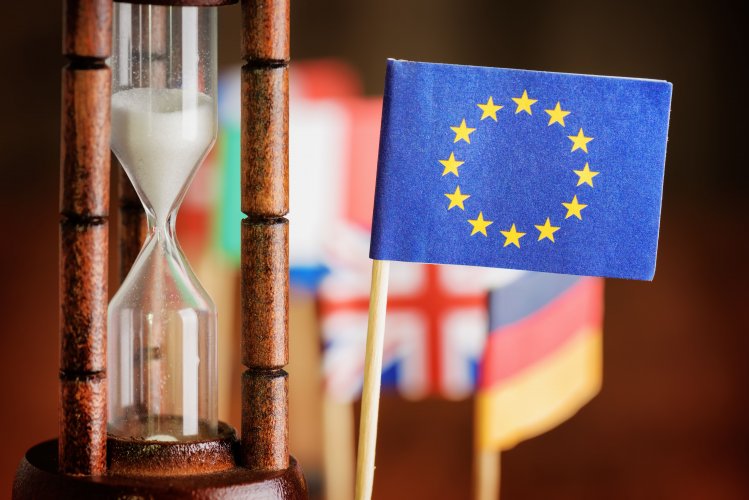The European Union called the adoption of the New Collective Quantified Goal (NCQG) for climate finance the main achievement of the UN Climate Change Conference COP29, which allowed to expand the donor base and strengthen the contribution of multilateral development banks and private investors.
The European Commission has published an analysis of the results of the climate summit that ended in Baku on its website.
The thesis is as follows:
1. Establishment of the New Collective Quantitative Goal NCQG for climate finance, under which it was possible to:
- expand the global donor base for climate finance. It includes countries that have significantly increased their economic weight and emissions compared to 2015;
- strengthen the role of multilateral development banks (MDBs) in financing climate projects;
- attract and mobilize significant amounts of private financing;
- agree that by 2035, the total amount of financing from all these sources should reach at least $1.3 trillion per year;
- mobilize $300 billion per year from developed countries for climate action by developing countries. At the same time, the European Commission noted that there is no defined share of this contribution for the EU or its member states, and the decision on how to achieve these goals will be made by the governments of the member states and the EU through national budgets and the EU's long-term budget.
2. New rules for the carbon market. The EU claims that they will allow cost-effective reduction and elimination of emissions:
- a new standard of high-quality carbon offsets has been set, supported by the UN;
- new rules for registration and tracking of international transfers have been introduced to ensure transparency of bilateral carbon agreements.
3. Announcement of the partnership between the European Commission and the Beyond Oil & Gas Alliance coalition in the field of fossil fuel transition.
4. Launch of a new Partnership Roadmap to reduce methane emissions.
5. Early publication of the first Biennial Transparency Report (BTR) in the history of the European Union.
Also, at COP29, the EU promised to present its Nationally Determined Contribution (NDC) aligned with 1.5°C next year.
As EcoPolitic recently reported, Estonia will give Ukraine its €1 million of climate finance from developed countries.





